The world of art is far more complex and nuanced than the traditional narratives we've been taught. Beyond the familiar names and celebrated masterpieces lies a rich tapestry of untold stories, marginalized voices, and revolutionary perspectives waiting to be explored. As we delve deeper into art history, we're discovering that the canon is not a fixed monument, but a dynamic landscape constantly being reshaped by new research, critical thinking, and a commitment to understanding diverse artistic experiences.
Rediscovering Forgotten Artists
Every brushstroke tells a story, and many incredible artists have been overlooked by mainstream art history. Consider artists like Hilma af Klint, a Swedish painter who was creating groundbreaking abstract works decades before Kandinsky and Mondrian, yet remained virtually unknown until recently. Her mystical, spiritually-inspired paintings challenge our understanding of modernist art's origins.
Women artists, in particular, have been systematically erased from historical narratives. Artemisia Gentileschi, a Baroque painter who survived sexual assault and created powerful, technically brilliant works depicting strong female figures, was long overshadowed by her male contemporaries. Today, scholars are actively recuperating her legacy, recognizing her immense talent and revolutionary approach to storytelling through art.
Decolonizing Art Historical Narratives
The traditional art historical canon has been predominantly Eurocentric, presenting a narrow, colonial perspective that marginalized non-Western artistic traditions. This approach not only diminished the complexity of global art practices but also perpetuated harmful stereotypes and power dynamics.
Contemporary art historians are now critically examining these narratives, centering indigenous, African, Asian, and Latin American artistic expressions. They're exploring how art reflects cultural resistance, survival, and transformation. Artists like Frida Kahlo, Yayoi Kusama, and Yinka Shonibare have been instrumental in challenging colonial representations and asserting the richness of their cultural identities through their work.
Provenance research has also become a crucial tool in understanding art's complex histories. Museums and collectors are increasingly investigating the origins of artworks, acknowledging problematic acquisition histories involving colonial exploitation, forced displacement, and unethical trade practices.
The modern art world is witnessing a profound shift towards inclusivity and critical reflection. Young curators and scholars are reimagining exhibition spaces, creating dialogues that honor multiple perspectives and challenge traditional hierarchies of artistic value.
Art movements themselves are being reexamined through more nuanced lenses. The Surrealist movement, once seen as a purely European avant-garde phenomenon, is now understood as a global network of artistic exchanges. Artists from Mexico, Japan, and across the African diaspora contributed significantly to surrealist aesthetics and philosophical approaches.
Technology and digital archives are revolutionizing how we access and understand art history. Virtual exhibitions, high-resolution digital archives, and international collaborative research platforms are making previously inaccessible materials available to scholars and enthusiasts worldwide.
This reimagining of art history isn't about erasure, but about expanding our understanding. It's about recognizing that artistic creation is a complex, interconnected global conversation that transcends geographical and cultural boundaries.
The stories we uncover challenge us to think more deeply about representation, creativity, and human experience. Each rediscovered artist, each recontextualized artwork offers a window into hidden worlds and unexplored narratives.
As we continue to excavate these rich, multilayered histories, we're not just learning about art—we're learning about ourselves. We're understanding how creativity reflects resistance, how artistic expression can be a powerful form of cultural preservation and transformation.
The journey of art history is ongoing, dynamic, and endlessly fascinating. It reminds us that knowledge is not static, but a continuous process of discovery, questioning, and reimagining.
Subscribe to my newsletter to get the latest updates and news

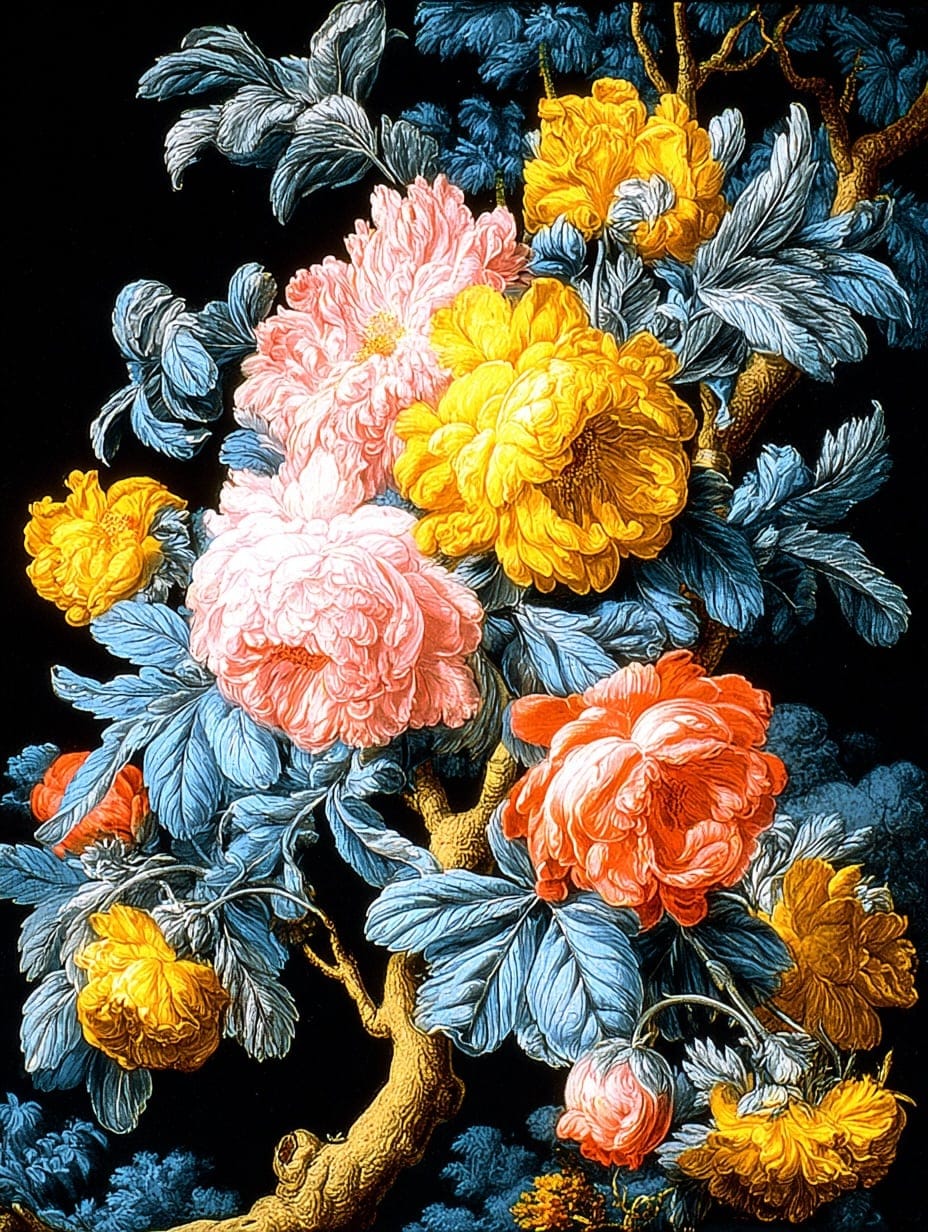
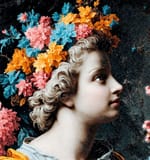





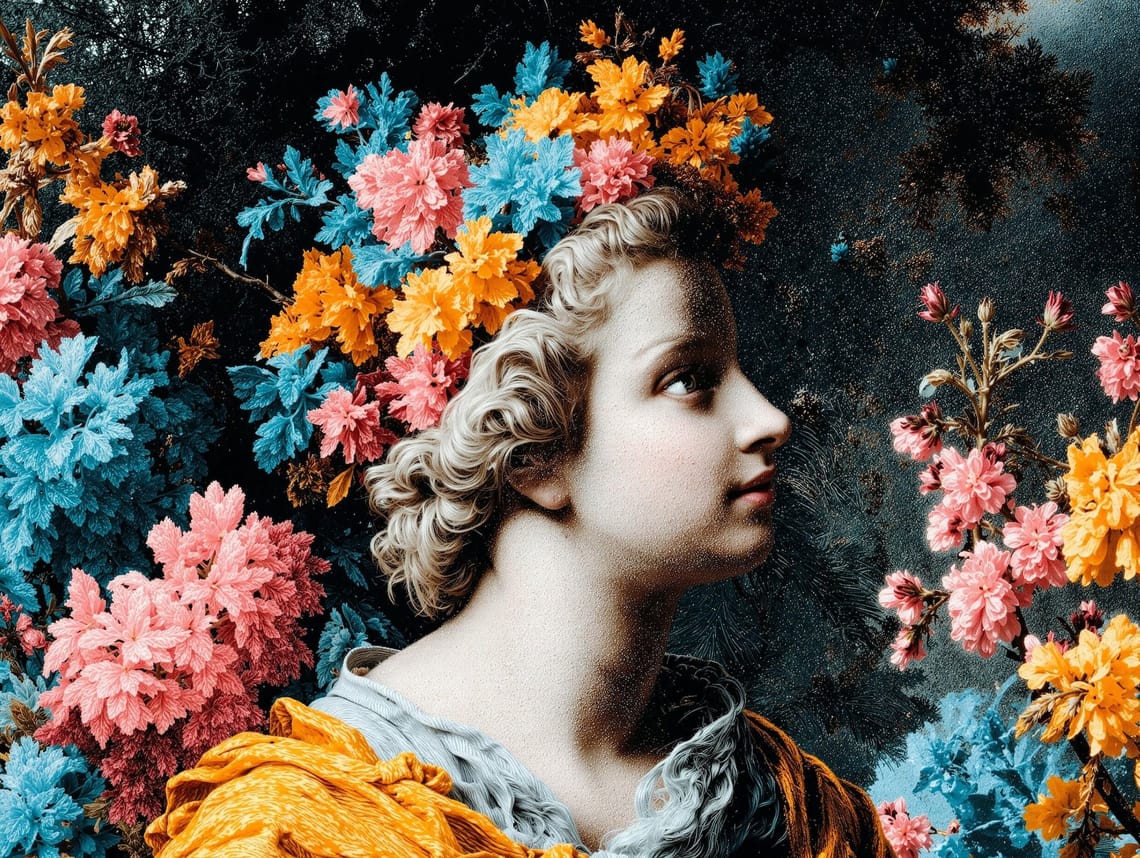
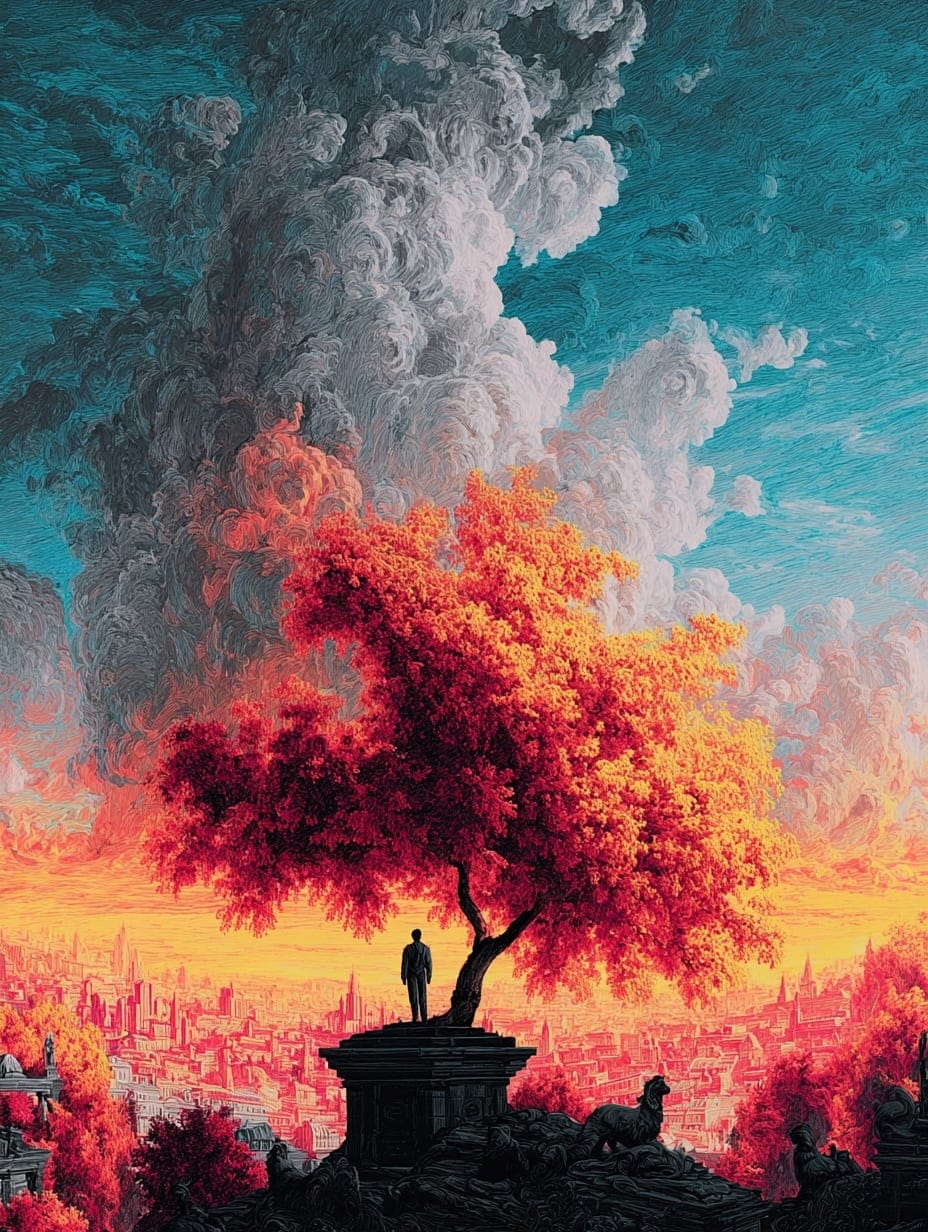
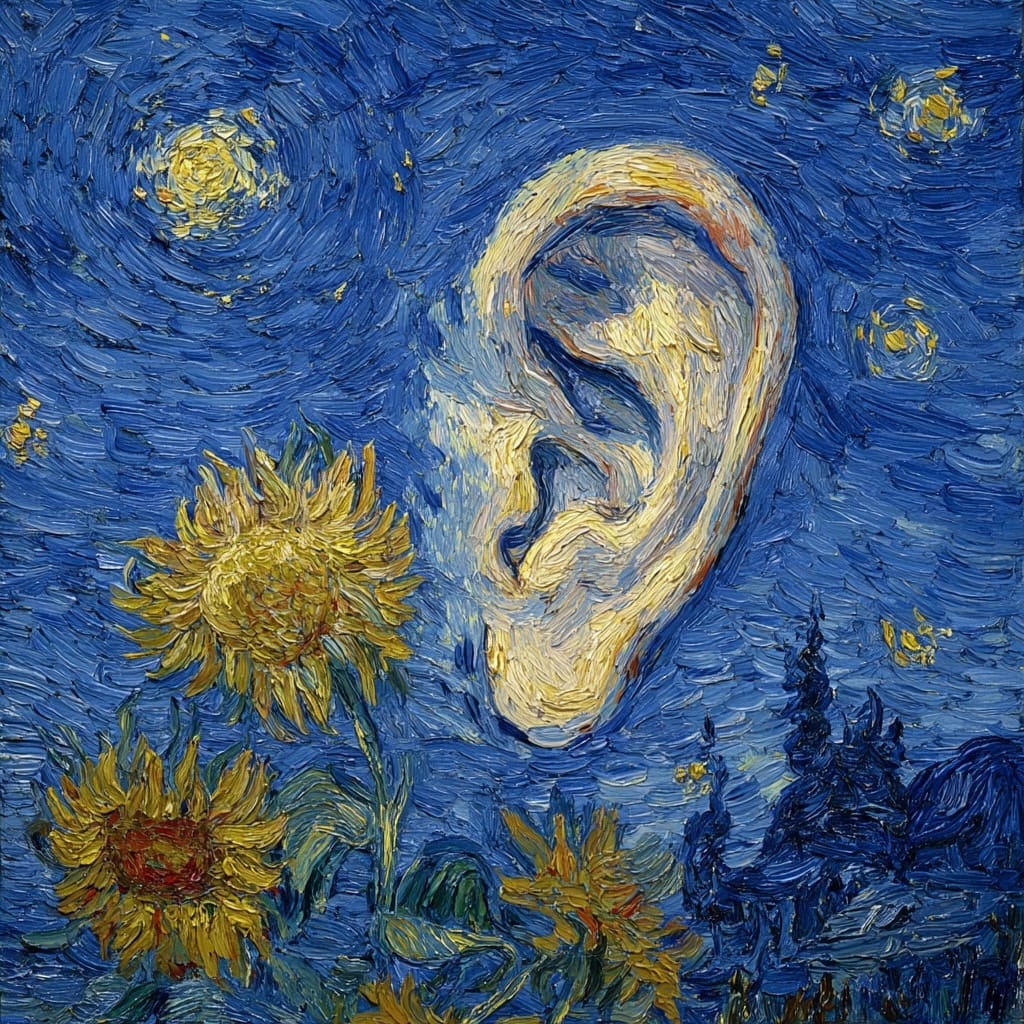
Member discussion